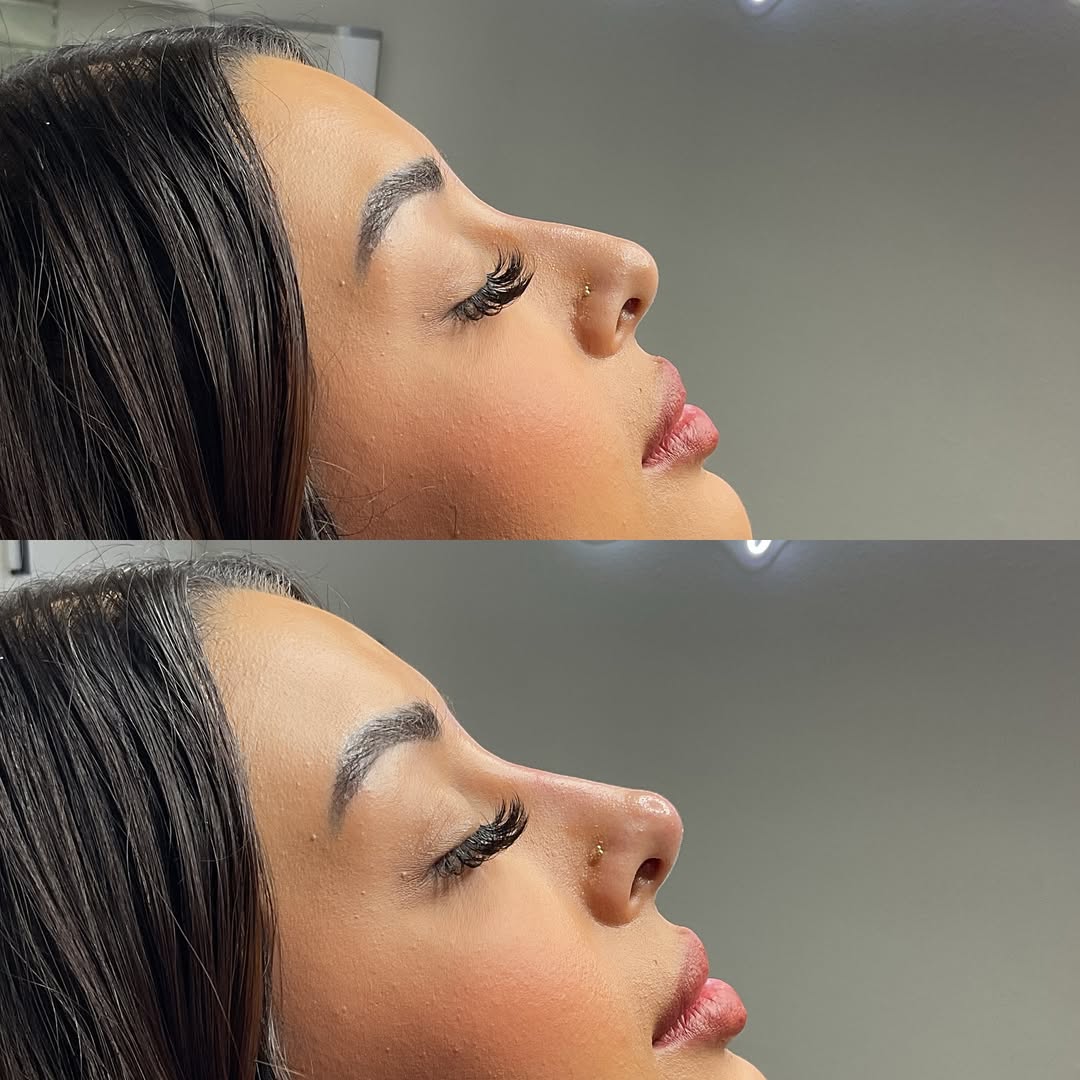
Non-surgical rhinoplasty is changing how people think about nose reshaping. You might guess this is just another cosmetic trend and move on. Except the numbers show more than a 20 percent jump in non-surgical nose jobs in the last five years and the real surprise is how quick and precise these results are compared to classic surgery. What really sets this procedure apart is just how much can be changed in under 30 minutes, all with almost zero downtime.
Table of Contents
-
The Importance Of Non-Surgical Rhinoplasty In Aesthetic Care
-
How Non-Surgical Rhinoplasty Works: Understanding The Process
-
Real-World Applications And Considerations In Non-Surgical Rhinoplasty
Quick Summary
| Takeaway | Explanation |
| Non-surgical rhinoplasty is a minimally invasive procedure | It uses injectable fillers to enhance nasal appearance without the need for surgery. |
| Results last between 12-18 months | Patients can enjoy aesthetic improvements for a limited time, after which they may choose to repeat the procedure. |
| Ideal for subtle nasal corrections | Perfect for individuals looking to smooth bumps or improve symmetry without substantial anatomical changes. |
| Lower cost compared to surgical options | This procedure generally costs less than traditional rhinoplasty, making it more accessible to patients. |
| Patient-collaborative treatment | Practitioners can work together with patients during the procedure, allowing for immediate feedback on aesthetic changes. |
Defining Non-Surgical Rhinoplasty and Its Purpose
Non-surgical rhinoplasty represents a modern cosmetic approach that transforms nose appearance without traditional surgical intervention. Unlike conventional rhinoplasty requiring extensive recovery and potential risks, this innovative procedure offers subtle yet significant aesthetic enhancements through precise injectable techniques.
What Exactly is Non-Surgical Rhinoplasty?
Non-surgical rhinoplasty, often called a “liquid nose job,” is a minimally invasive procedure that uses dermal fillers to reshape and refine nasal contours. Medical experts from the American Academy of Facial Plastic and Reconstructive Surgery describe this technique as a strategic method for correcting minor nasal imperfections without surgical intervention.
Key characteristics of non-surgical rhinoplasty include:
-
Temporary results lasting 12-18 months
-
Minimal downtime and recovery
-
Immediate visible improvements
-
Significantly lower cost compared to surgical alternatives
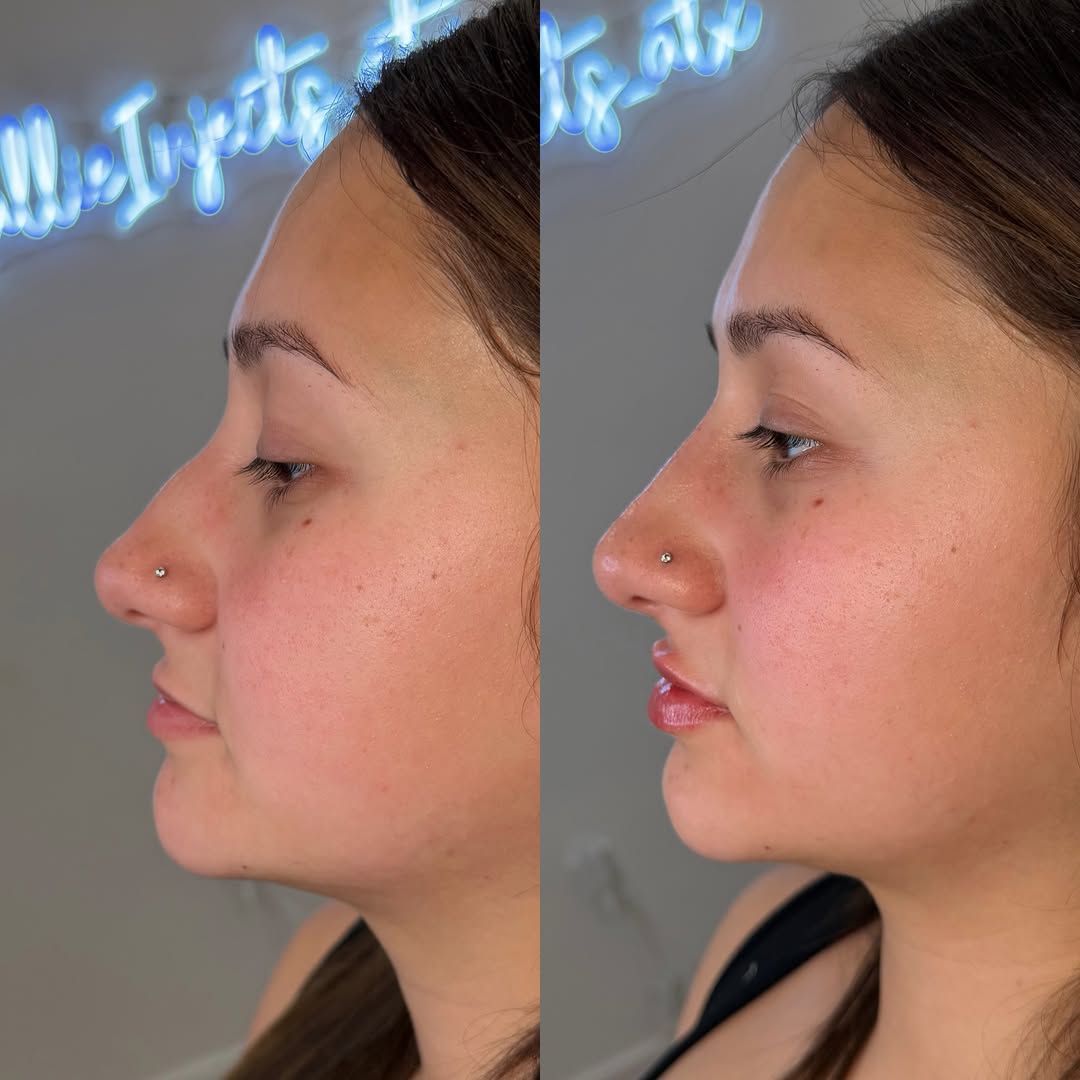
Understanding the Purpose and Potential
The primary purpose of non-surgical rhinoplasty is addressing specific aesthetic concerns that do not require extensive structural changes. Patients typically seek this procedure to:
-
Smooth out small bumps or irregularities on the nasal bridge
-
Create a more balanced nasal profile
-
Improve nasal symmetry
-
Enhance nose tip definition
-
Correct minor asymmetries without surgical risks
Research published in the Aesthetic Surgery Journal indicates that non-surgical rhinoplasty provides a versatile solution for individuals wanting subtle yet meaningful nasal refinements. By carefully injecting hyaluronic acid fillers, skilled practitioners can create optical illusions that visually transform nasal appearance without permanent changes.
Below is a comparison table outlining the key differences between non-surgical and surgical rhinoplasty as presented in the article.
| Aspect | Non-Surgical Rhinoplasty | Surgical Rhinoplasty |
| Invasiveness | Minimally invasive (injectable) | Highly invasive (surgery) |
| Recovery Time | Minimal to none | Several weeks |
| Duration of Results | 12–18 months | Permanent |
| Cost | Lower | Higher |
| Immediate Visible Improvement | Yes | No (results after healing) |
| Risk Level | Low | Higher (includes surgical risks) |
| Ideal for Subtle Corrections | Yes | Not limited to subtle changes |
This innovative approach represents a significant advancement in cosmetic medicine, offering patients a low-risk alternative to traditional surgical procedures. Individuals seeking minor nasal enhancements can now achieve remarkable results through a quick, precise, and minimally invasive treatment.
The Importance of Non-Surgical Rhinoplasty in Aesthetic Care
Non-surgical rhinoplasty has emerged as a transformative approach in contemporary aesthetic medicine, offering patients unprecedented opportunities for facial refinement with minimal intervention. This innovative technique represents a significant shift in how individuals approach nasal aesthetic improvements.
Patient-Centered Aesthetic Solutions
Aesthetic care has traditionally been associated with invasive surgical procedures, but non-surgical rhinoplasty challenges this paradigm. Research from the National Center for Biotechnology Information demonstrates that this approach provides patients with a more accessible and less intimidating pathway to achieving their desired facial aesthetics.
Key advantages of this patient-centered approach include:
-
Reduced psychological barriers to cosmetic enhancement
-
Minimal physical and emotional trauma
-
Greater flexibility in exploring aesthetic improvements
-
Cost-effective alternative to surgical interventions
Precision and Personalization in Aesthetic Treatments
Non-surgical rhinoplasty exemplifies the growing trend of personalized aesthetic medicine. Practitioners can now offer highly customized treatments that address individual concerns with remarkable precision. This approach allows for nuanced improvements that respect each patient’s unique facial anatomy and aesthetic goals.
The technique enables practitioners to:
-
Make subtle yet significant nasal contour adjustments
-
Provide immediate visual feedback
-
Allow patient collaboration during the procedure
-
Minimize risks associated with permanent surgical modifications
By integrating advanced dermal filler techniques, read more about aesthetic medicine principles, non-surgical rhinoplasty represents a sophisticated approach to facial enhancement. It reflects a broader shift towards minimally invasive, patient-centric aesthetic treatments that prioritize individual comfort, safety, and aesthetic vision.
How Non-Surgical Rhinoplasty Works: Understanding the Process
Non-surgical rhinoplasty represents a sophisticated aesthetic technique that transforms nasal appearance through strategic injectable interventions. Unlike traditional surgical methods, this approach leverages precise dermal filler placement to create visual refinements with minimal invasiveness.
The Science of Dermal Filler Techniques
Research from the National Institutes of Health reveals that non-surgical rhinoplasty utilizes specialized dermal fillers, predominantly hyaluronic acid based, to modify nasal contours. These advanced fillers act as sculptural tools, allowing practitioners to strategically add volume, smooth irregularities, and enhance symmetry.
Key technical aspects of the procedure include:
-
Precise micro-injection techniques
-
Strategic filler placement along nasal structures
-
Immediate visual reshaping capabilities
-
Minimal disruption to existing nasal anatomy
Mapping Aesthetic Transformations
Practitioners approach non-surgical rhinoplasty through a meticulous assessment and strategic intervention process. Detailed facial mapping enables practitioners to understand each patient’s unique nasal geometry and aesthetic objectives. Learn more about facial enhancement techniques, this procedure requires a nuanced understanding of facial proportions and balance.
The injection process involves:
-
Carefully measuring nasal symmetry
-
Identifying specific areas requiring enhancement
-
Using specialized cannulas for minimal discomfort
-
Creating optical illusions of improved nasal shape
By employing advanced dermal filler technologies, non-surgical rhinoplasty offers patients a sophisticated, minimally invasive pathway to achieving their desired nasal aesthetic. The technique demonstrates remarkable precision in creating subtle yet transformative changes without permanent surgical intervention.
Key Concepts and Components of Non-Surgical Rhinoplasty
Non-surgical rhinoplasty represents a sophisticated intersection of aesthetic science and precision medical techniques, utilizing advanced materials and expert understanding of facial anatomy to achieve transformative results. This approach transcends traditional cosmetic interventions by offering nuanced, personalized nasal refinement strategies.
Fundamental Anatomical Considerations
Research from the International Journal of Facial Plastic Surgery highlights critical anatomical considerations that practitioners must understand before performing non-surgical rhinoplasty. The procedure demands comprehensive knowledge of nasal structural dynamics, vascular networks, and potential aesthetic modifications.
Key anatomical components practitioners evaluate include:
-
Nasal bone structure and cartilage configuration
-
Skin thickness and soft tissue characteristics
-
Underlying vascular anatomy
-
Individual facial symmetry patterns
Injectable Materials and Strategic Placement
The success of non-surgical rhinoplasty hinges on selecting appropriate dermal fillers and implementing precise injection techniques. Hyaluronic acid fillers emerge as the primary choice due to their adaptable properties and reversible nature.
Critical material selection criteria encompass:
-
Optimal viscosity for nasal contouring
-
Ability to maintain structural integrity
-
Minimal risk of migration or displacement
-
Compatibility with individual skin characteristics
Explore advanced facial enhancement techniques, understanding the nuanced application of injectable materials becomes paramount in achieving desired aesthetic outcomes. Each injection represents a calculated artistic intervention, transforming nasal appearance through strategic volume manipulation and structural refinement.
Real-World Applications and Considerations in Non-Surgical Rhinoplasty
Non-surgical rhinoplasty extends far beyond cosmetic enhancement, offering nuanced solutions for individuals seeking subtle yet transformative nasal refinements. This innovative approach provides a flexible alternative to traditional surgical interventions, addressing a wide spectrum of aesthetic concerns with precision and minimal risk.
The following table summarizes real-world aesthetic concerns treatable with non-surgical rhinoplasty and the corresponding techniques mentioned in the article.
| Aesthetic Concern | Non-Surgical Technique Employed |
| Small bump on nasal bridge | Filler injections to smooth contour |
| Minor asymmetry | Targeted filler placement for balance |
| Flat nasal tip | Adding volume for improved projection |
| Irregular nasal bridge lines | Smoothing with sculptural fillers |
| Profile imbalances | Adjusting filler distribution |
| Lack of nose definition | Enhancing with focal injections |
Targeted Aesthetic Corrections
Medical research from clinical studies demonstrates that non-surgical rhinoplasty effectively addresses numerous nasal aesthetic challenges. Practitioners can strategically utilize this technique to manage specific anatomical variations and visual asymmetries without invasive surgical procedures.
Common real-world applications include:
-
Camouflaging minor dorsal humps
-
Enhancing nasal tip projection
-
Correcting slight asymmetrical contours
-
Balancing nasal profile proportions
-
Smoothing irregular nasal bridge lines
Patient Selection and Candidacy Criteria
Successful non-surgical rhinoplasty hinges on careful patient evaluation and understanding individual anatomical limitations. Not all patients represent ideal candidates for this procedure, requiring practitioners to conduct comprehensive assessments before recommending treatment.
Key patient candidacy considerations encompass:
-
Realistic aesthetic expectations
-
Absence of significant structural nasal deformities
-
Healthy skin and underlying tissue conditions
-
Understanding temporary nature of results
Learn more about facial enhancement strategies, practitioners must balance artistic vision with medical precision. Non-surgical rhinoplasty represents a sophisticated intersection of aesthetic science and personalized medical intervention, offering patients a nuanced pathway to facial refinement.
Ready for a Subtle Transformation? Discover Non-Surgical Rhinoplasty at The Injection Room
If you have ever felt self-conscious about small bumps or asymmetry on your nose but hesitated to pursue surgery, you are not alone. Many people share these concerns and want a safer, more comfortable option. Our in-depth article explains how non-surgical rhinoplasty uses precise dermal filler techniques tailored to contour your nose with minimal downtime and beautiful results. This solution is perfect for those who want a quick, effective enhancement that fits their lifestyle.
See how your appearance can change with guidance from skilled medical professionals. Visit The Injection Room to book a personalized consultation or learn more about our facial filler treatments. Take the next step toward building your confidence and achieving natural-looking results. Appointments fill up quickly, so act now and find out how non-surgical rhinoplasty can fit your unique goals.
Frequently Asked Questions
What is non-surgical rhinoplasty?
Non-surgical rhinoplasty, often referred to as a ‘liquid nose job’, is a minimally invasive procedure that uses dermal fillers to reshape and enhance the contours of the nose without traditional surgical intervention.
How long do the results of non-surgical rhinoplasty last?
The results of non-surgical rhinoplasty typically last between 12 to 18 months before additional treatment may be required to maintain the desired appearance.
What are the benefits of non-surgical rhinoplasty compared to surgical rhinoplasty?
Non-surgical rhinoplasty offers several advantages, including minimal downtime, immediate visible improvements, a lower risk of complications, and significantly lower costs compared to surgical options.
Who is a good candidate for non-surgical rhinoplasty?
Ideal candidates for non-surgical rhinoplasty are those seeking subtle enhancements, with realistic aesthetic expectations, and no significant structural nasal deformities. A thorough assessment by a qualified practitioner is essential to determine candidacy.





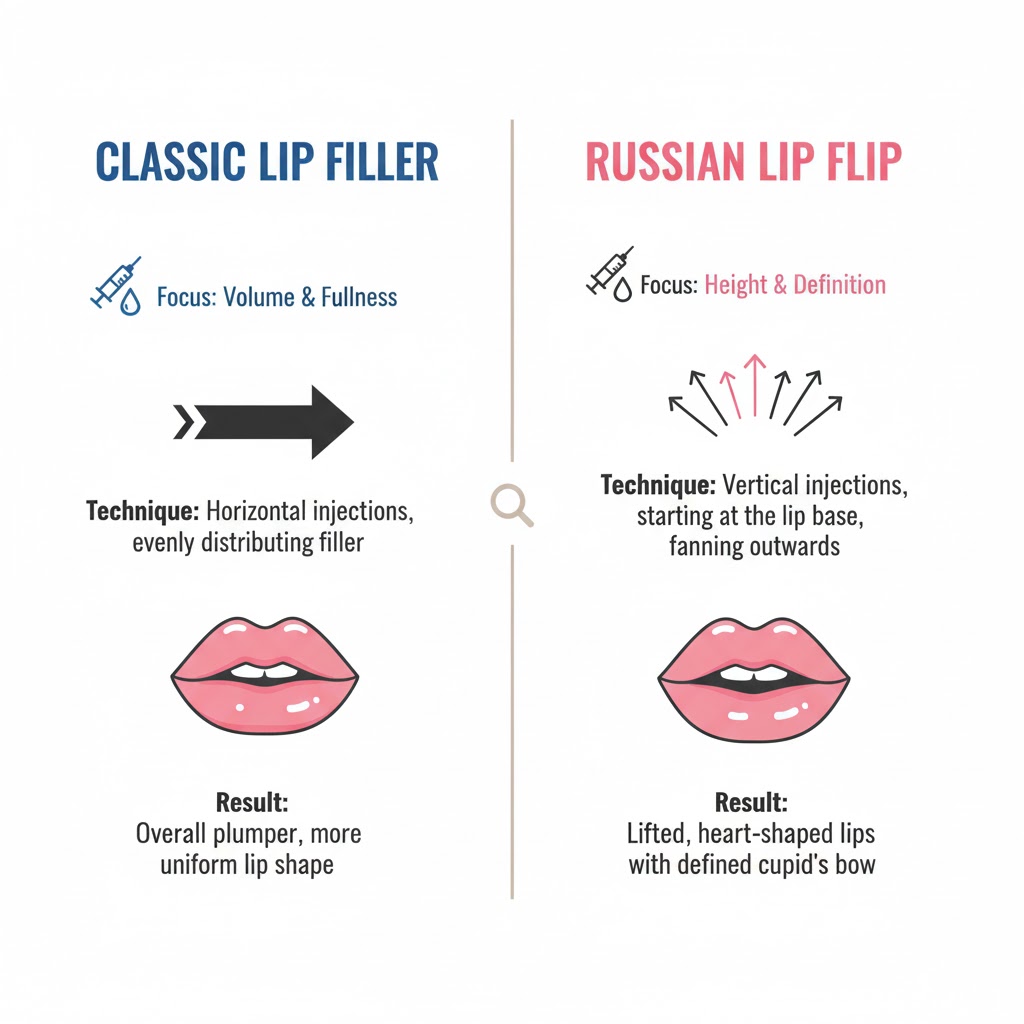
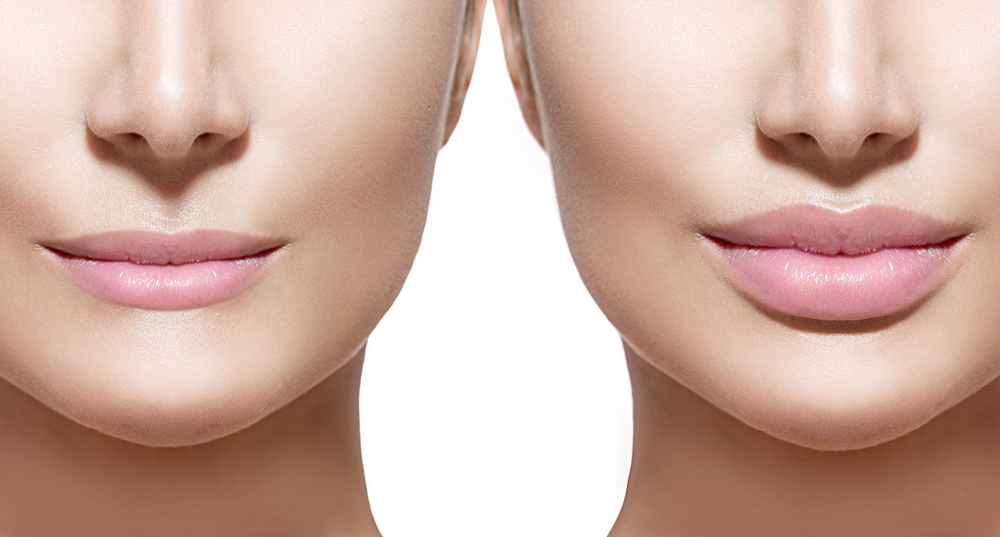
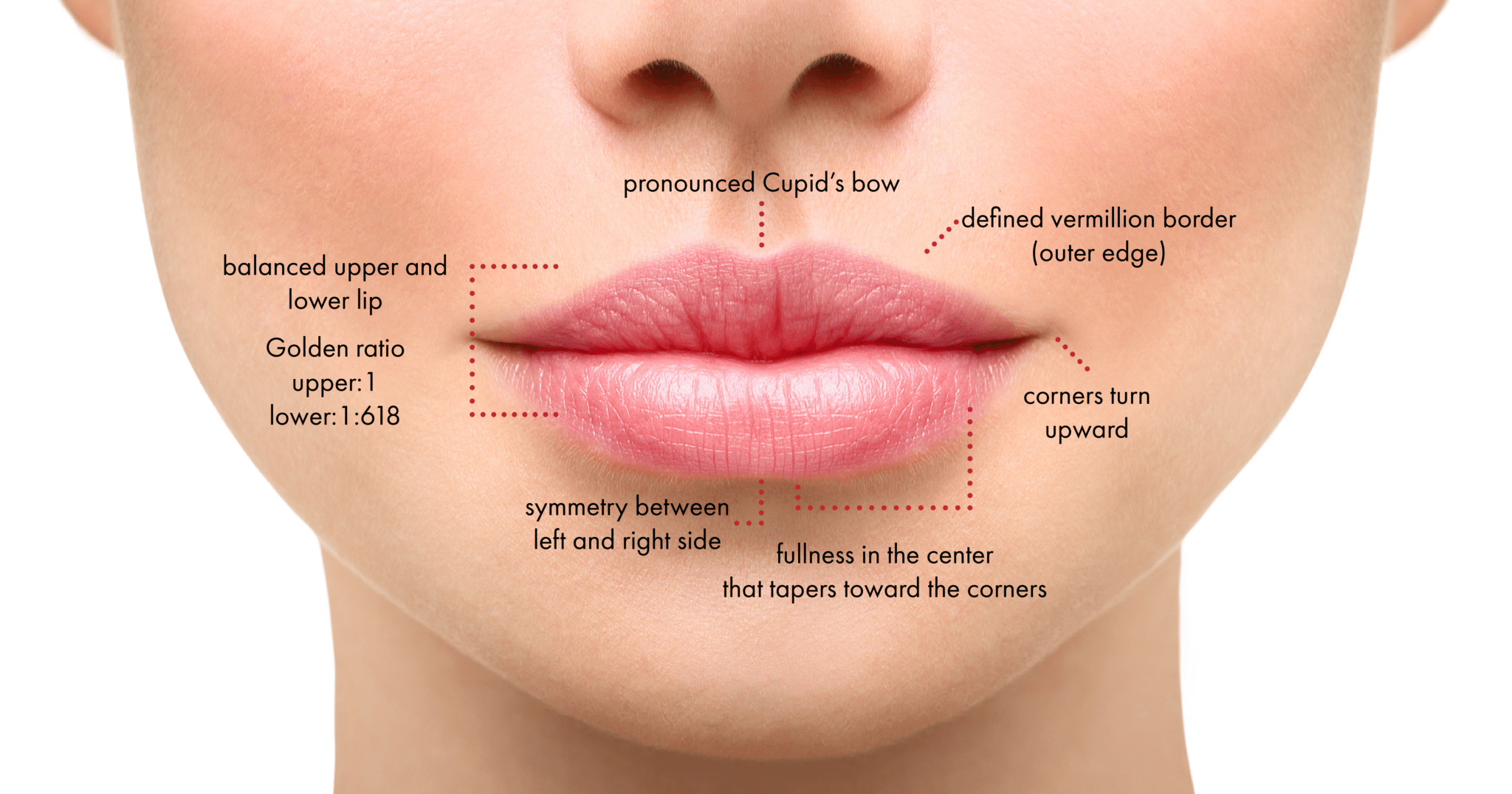

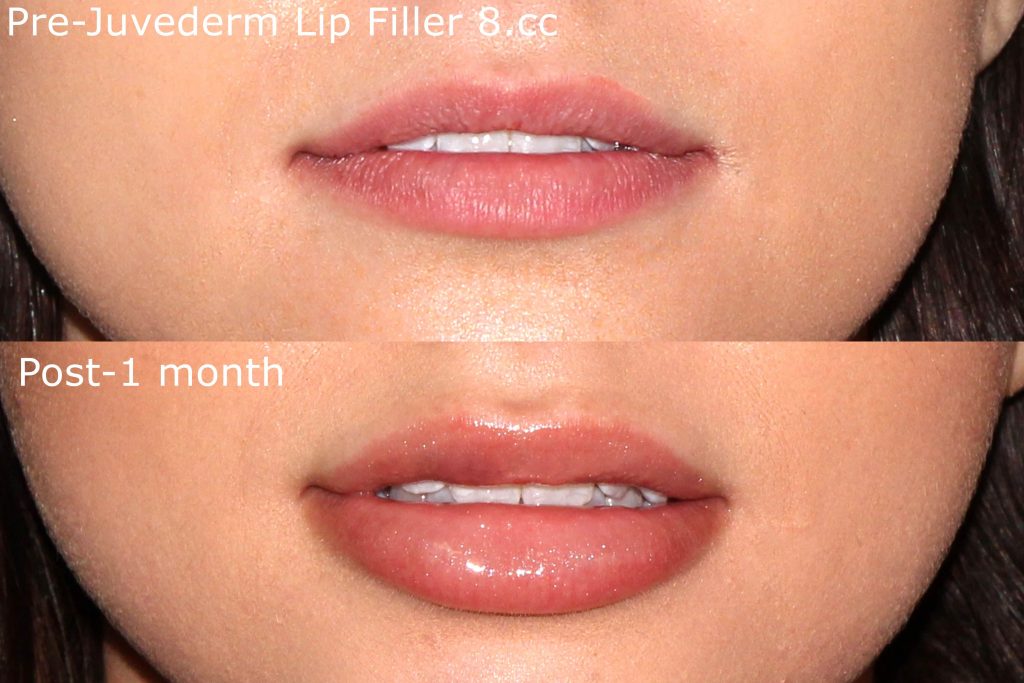
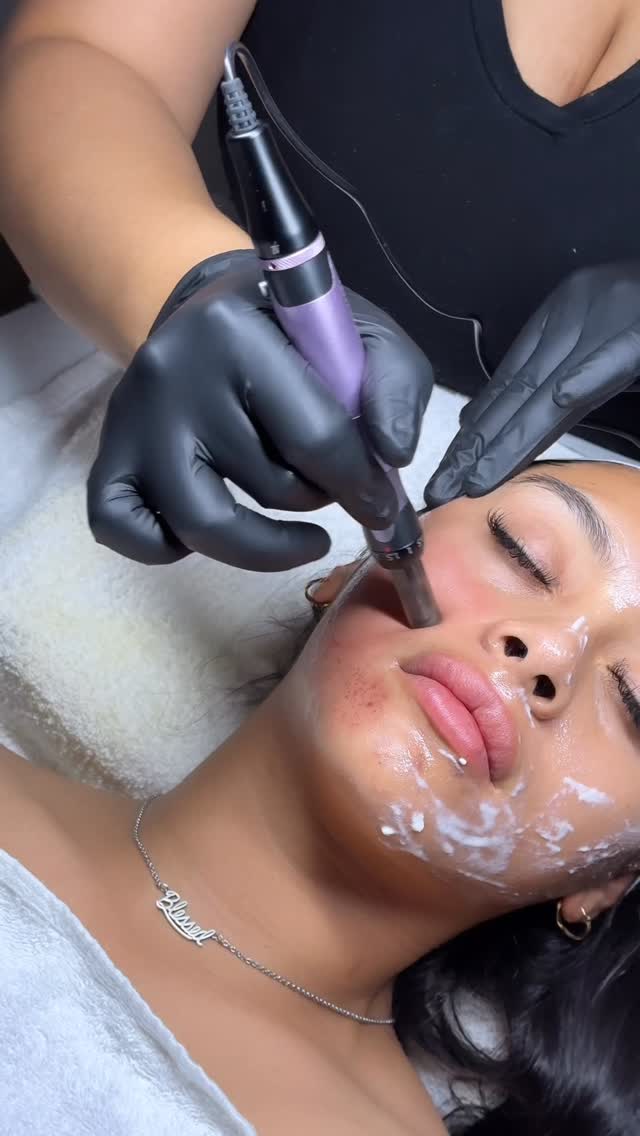
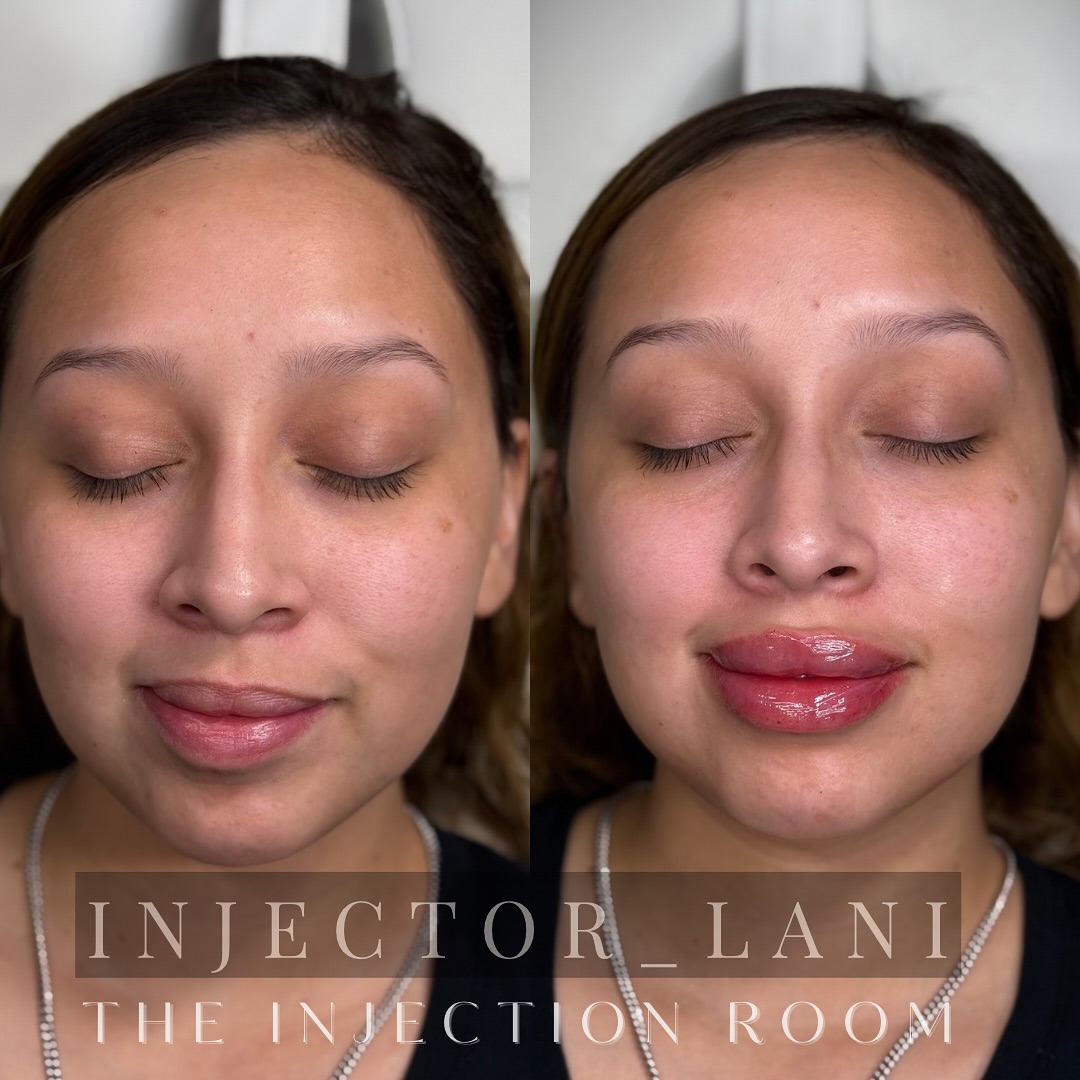
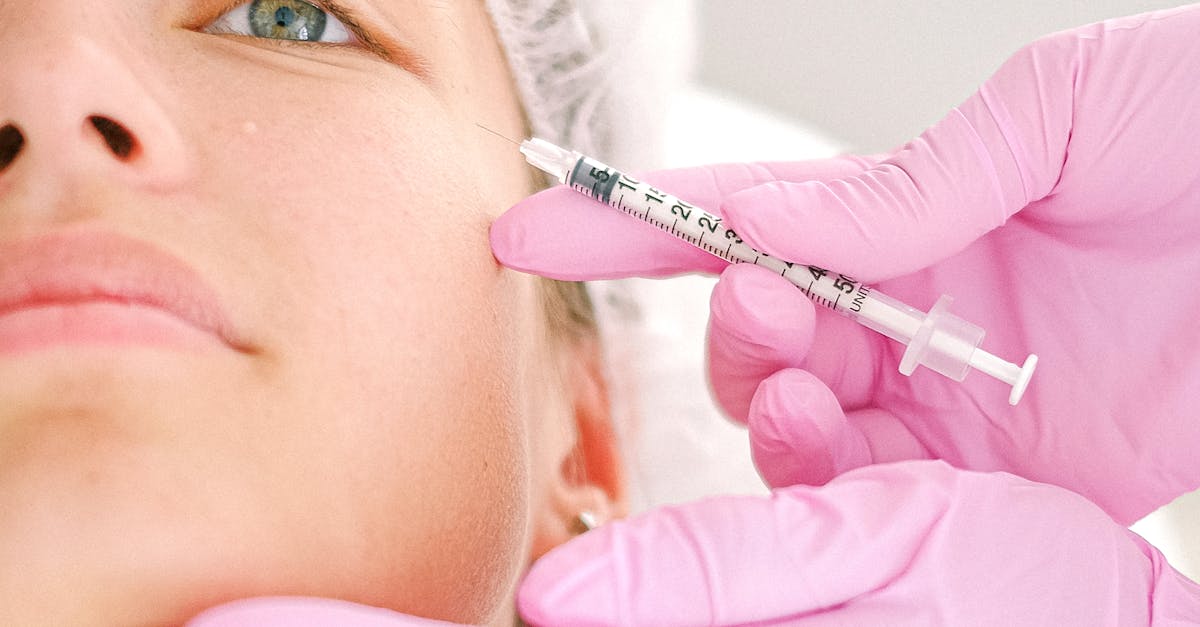

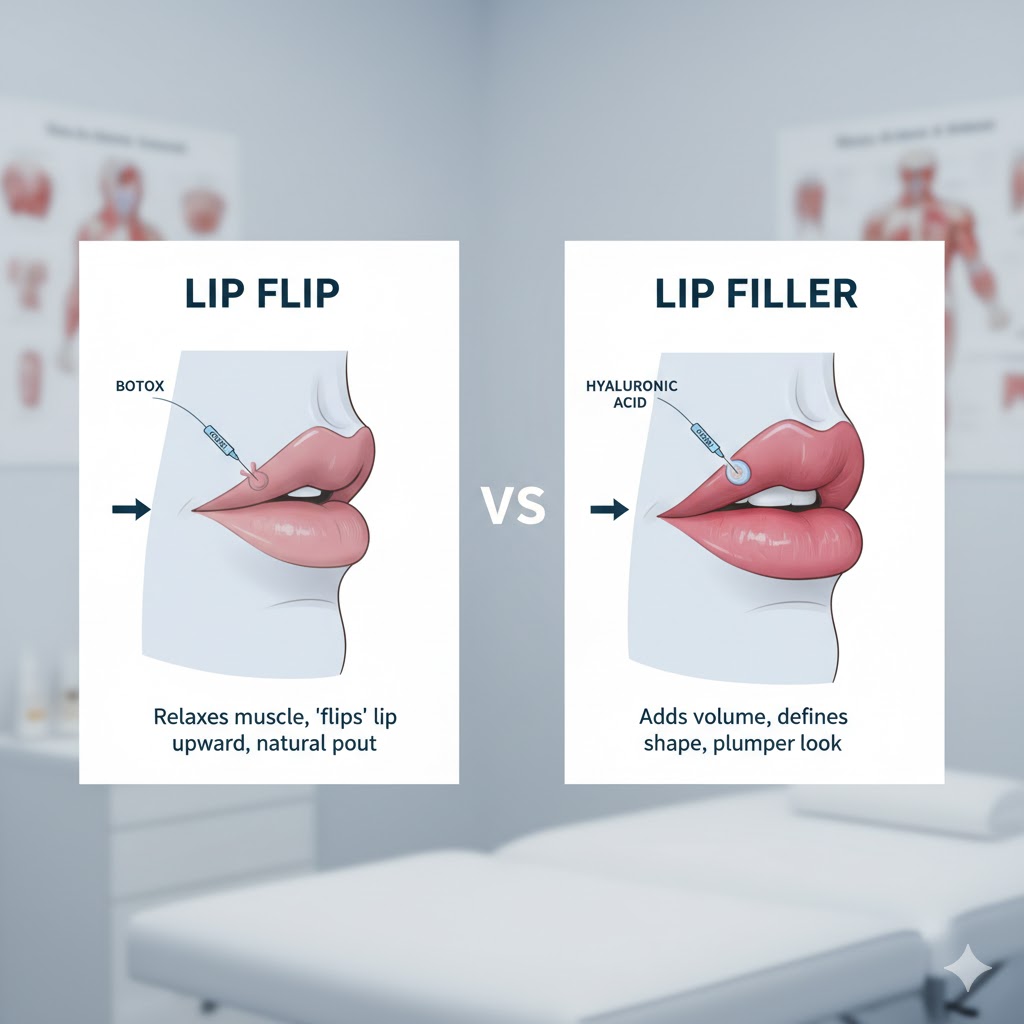
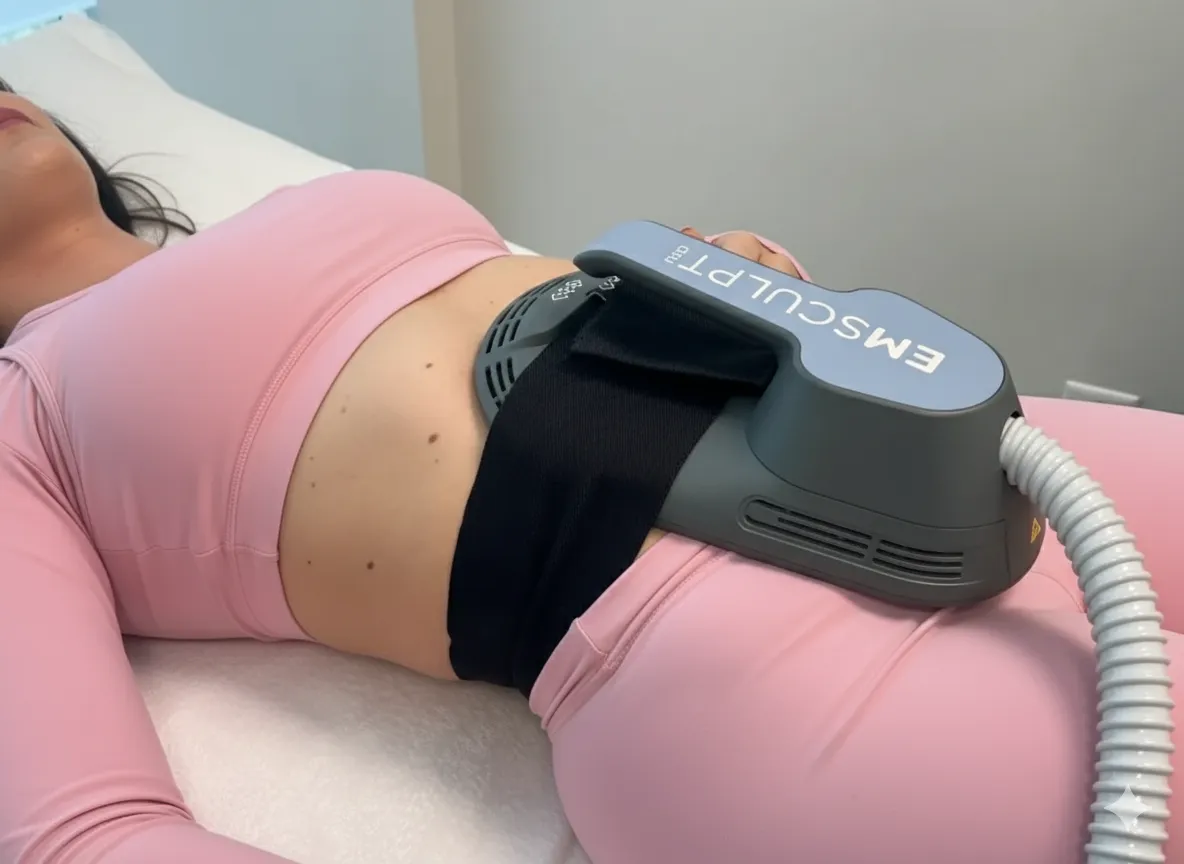
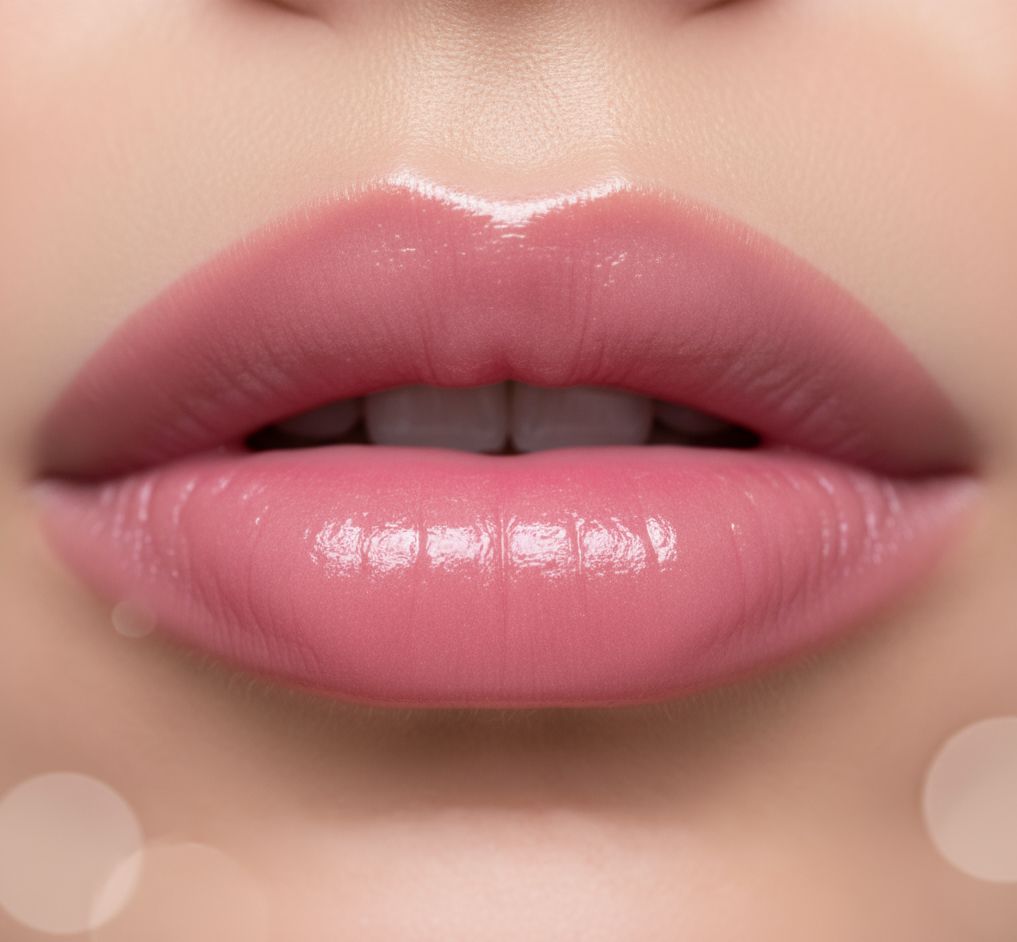

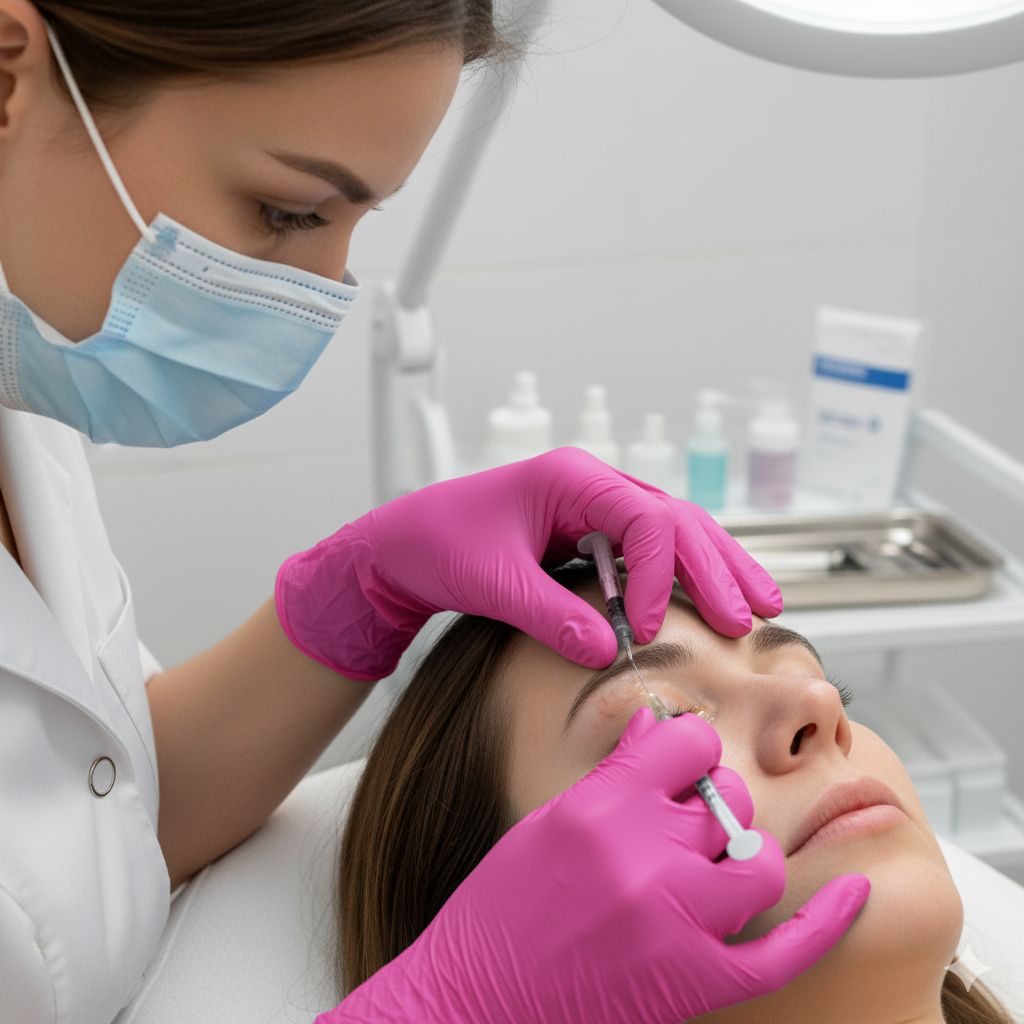
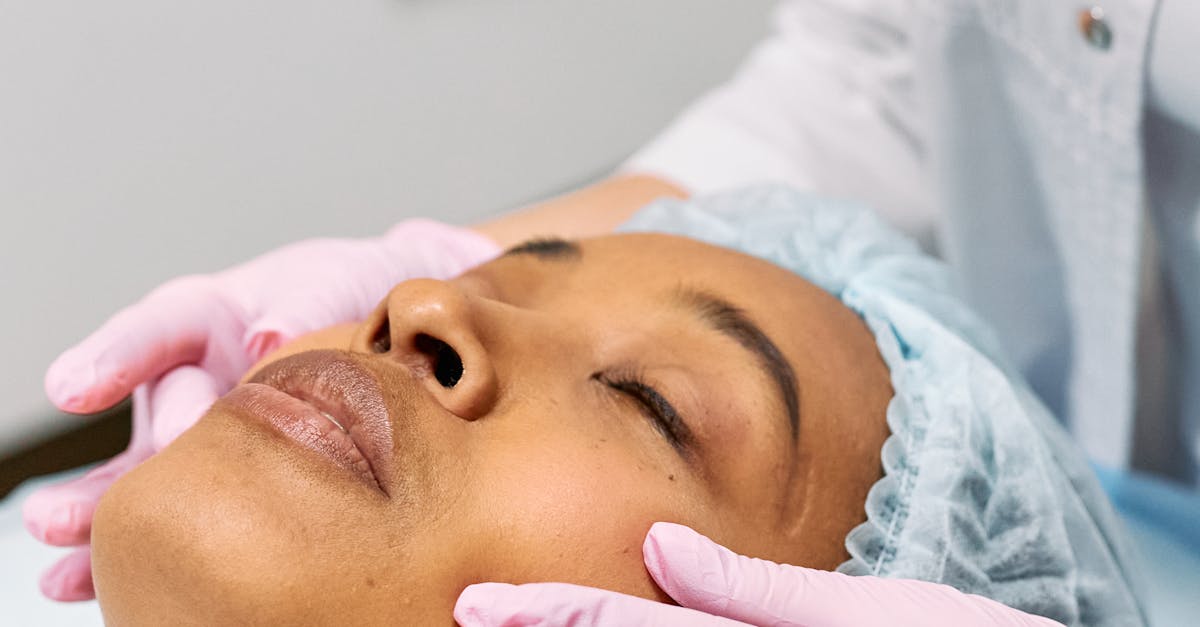
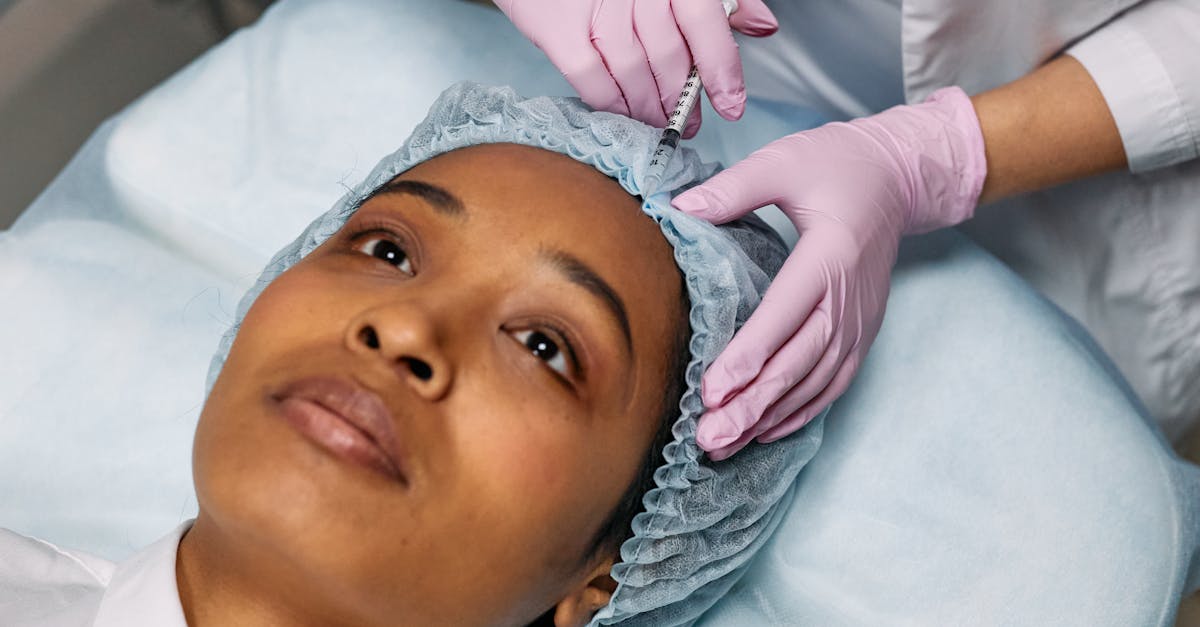
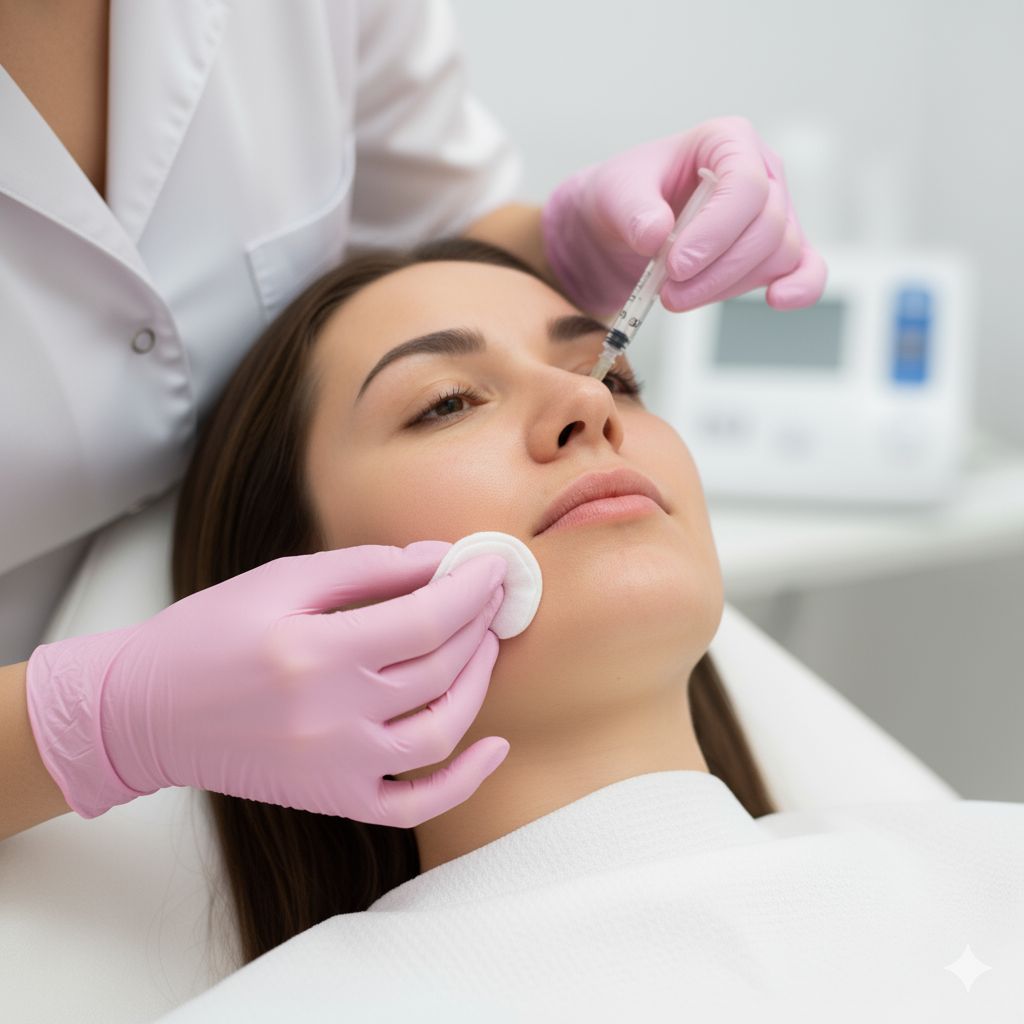
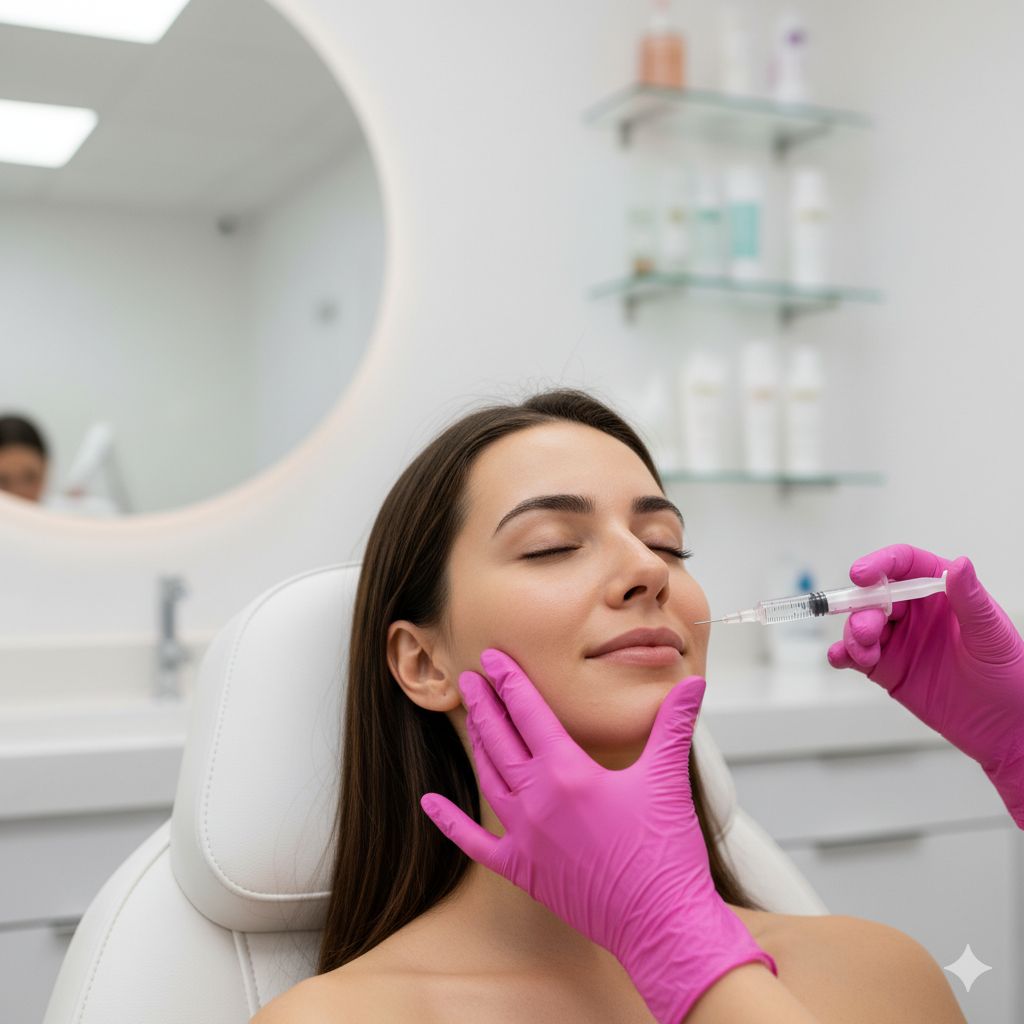
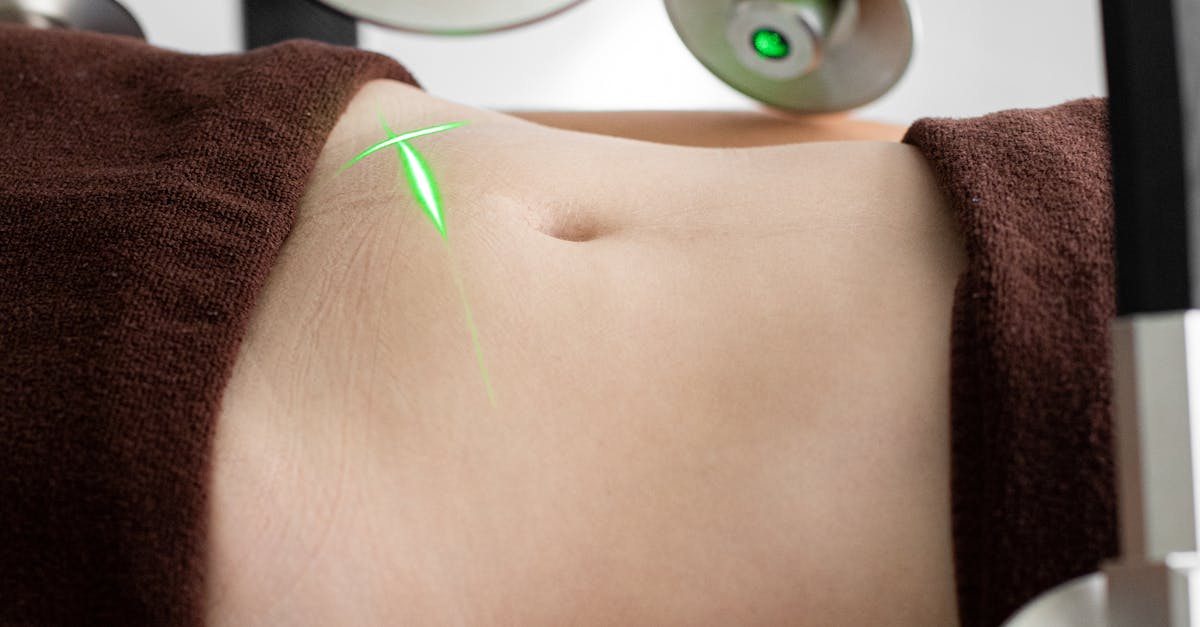

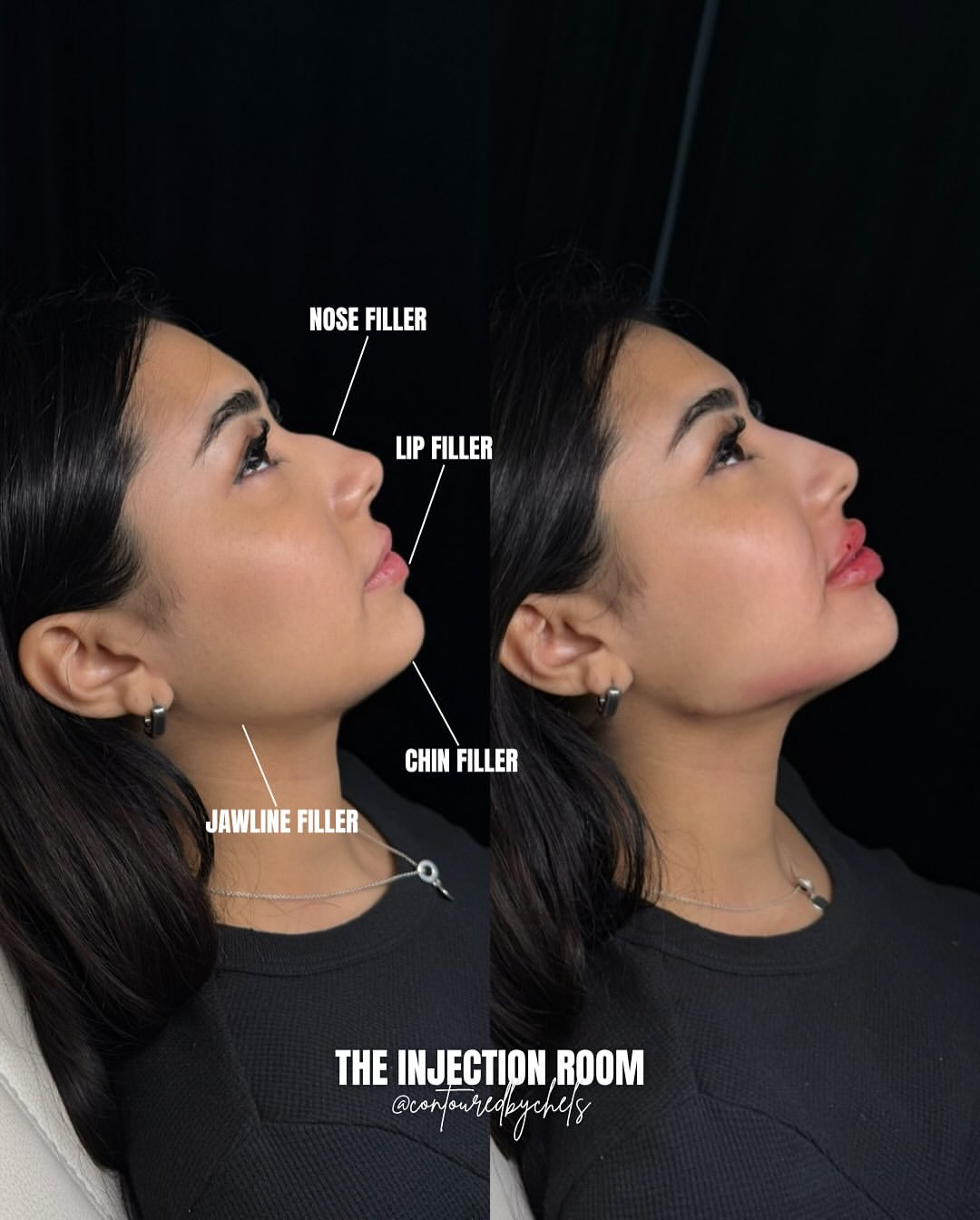

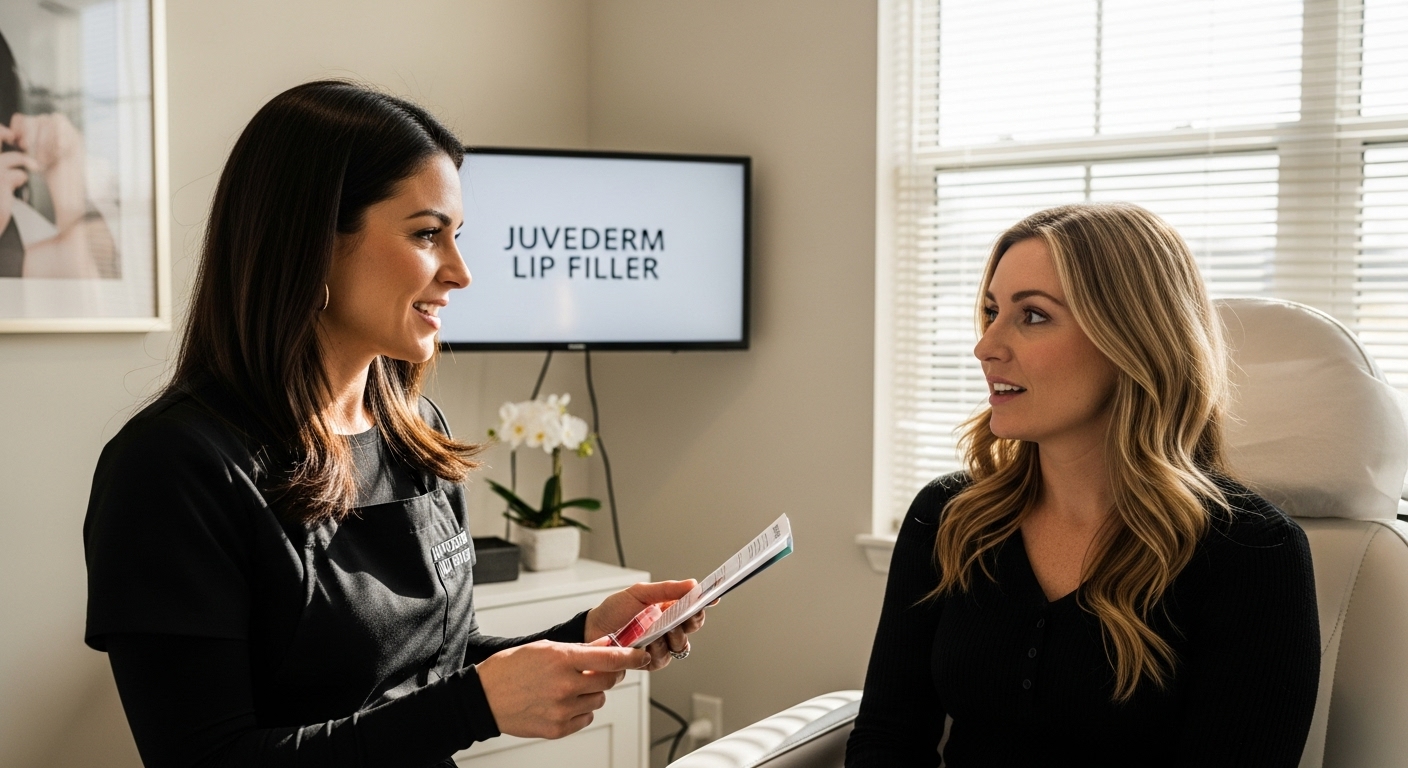


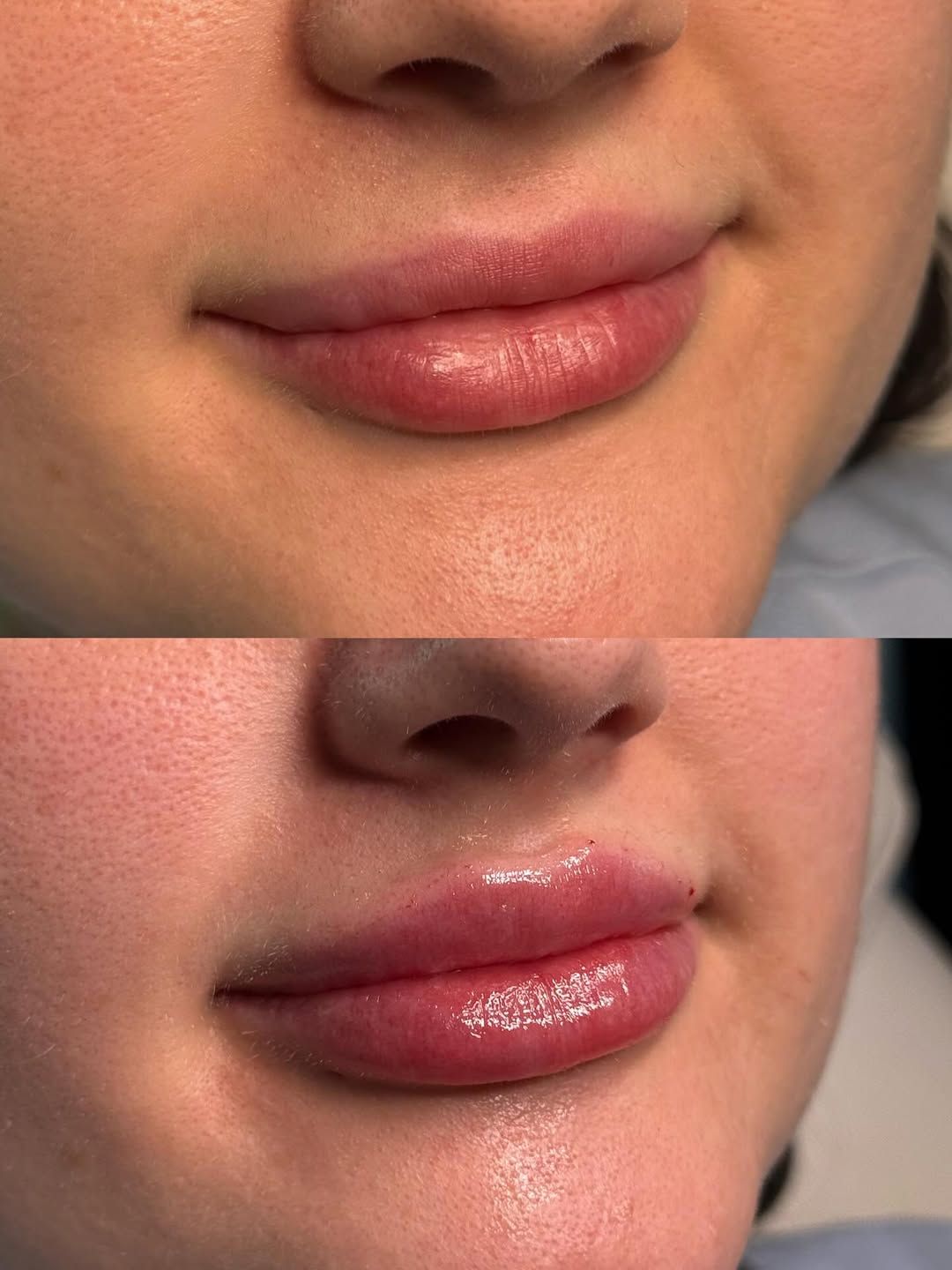
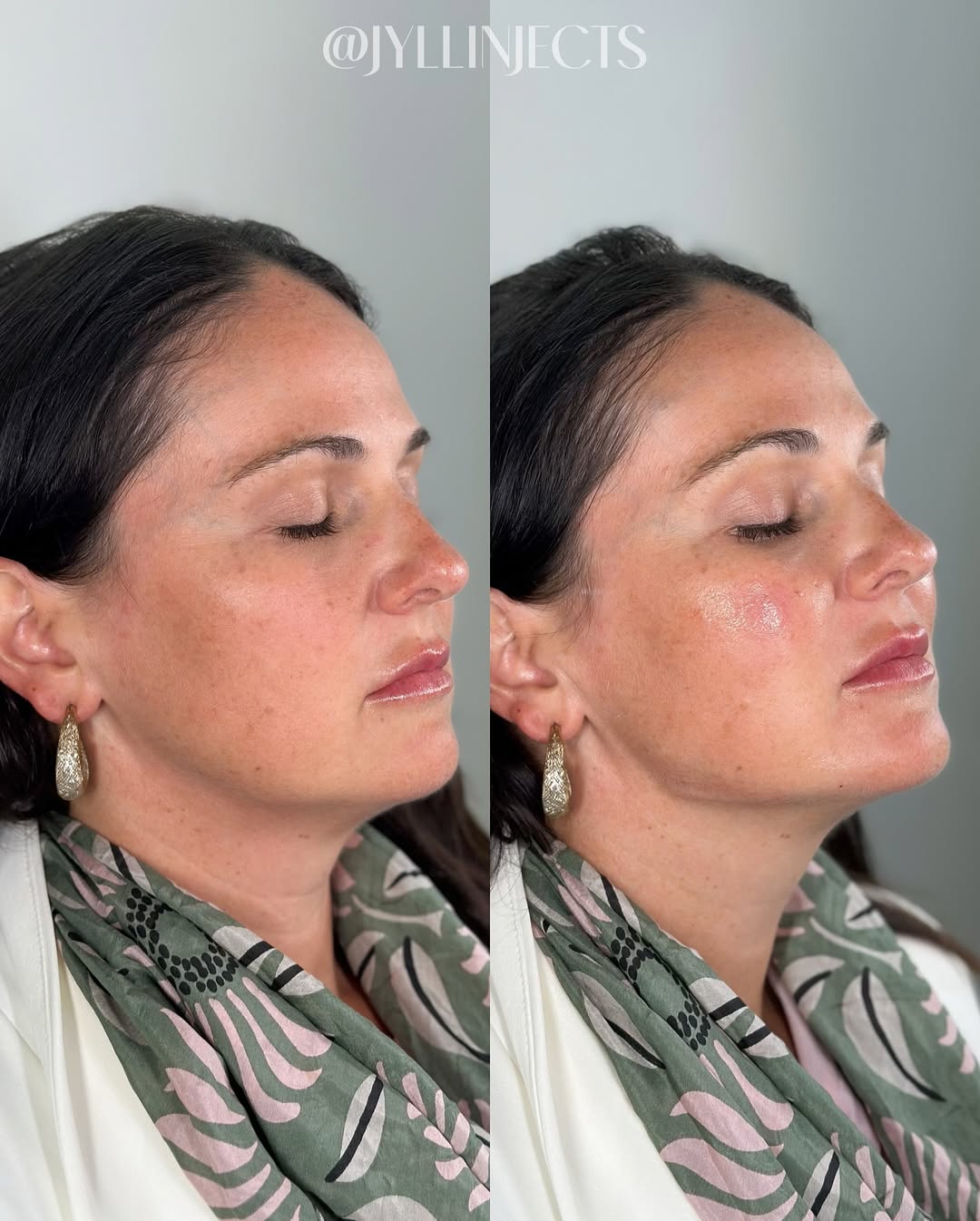
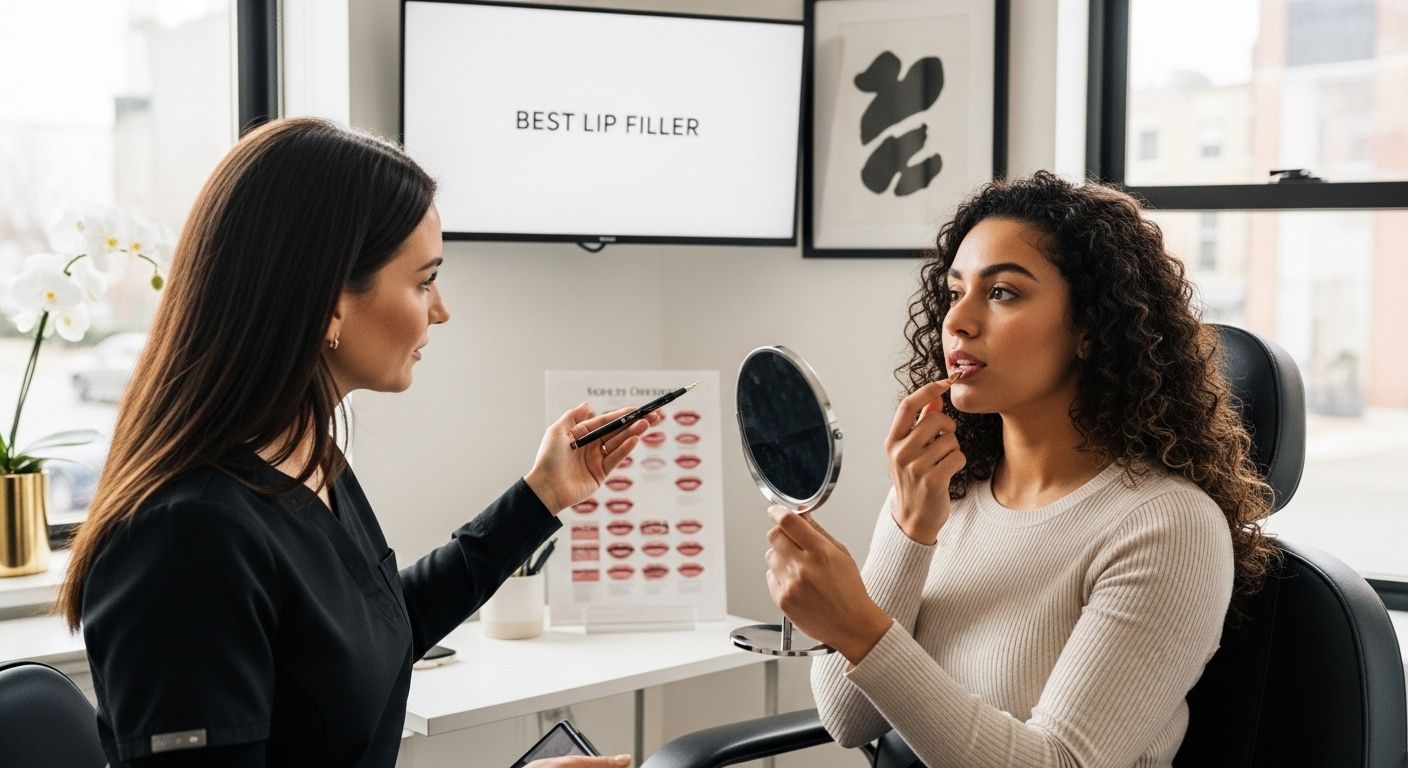
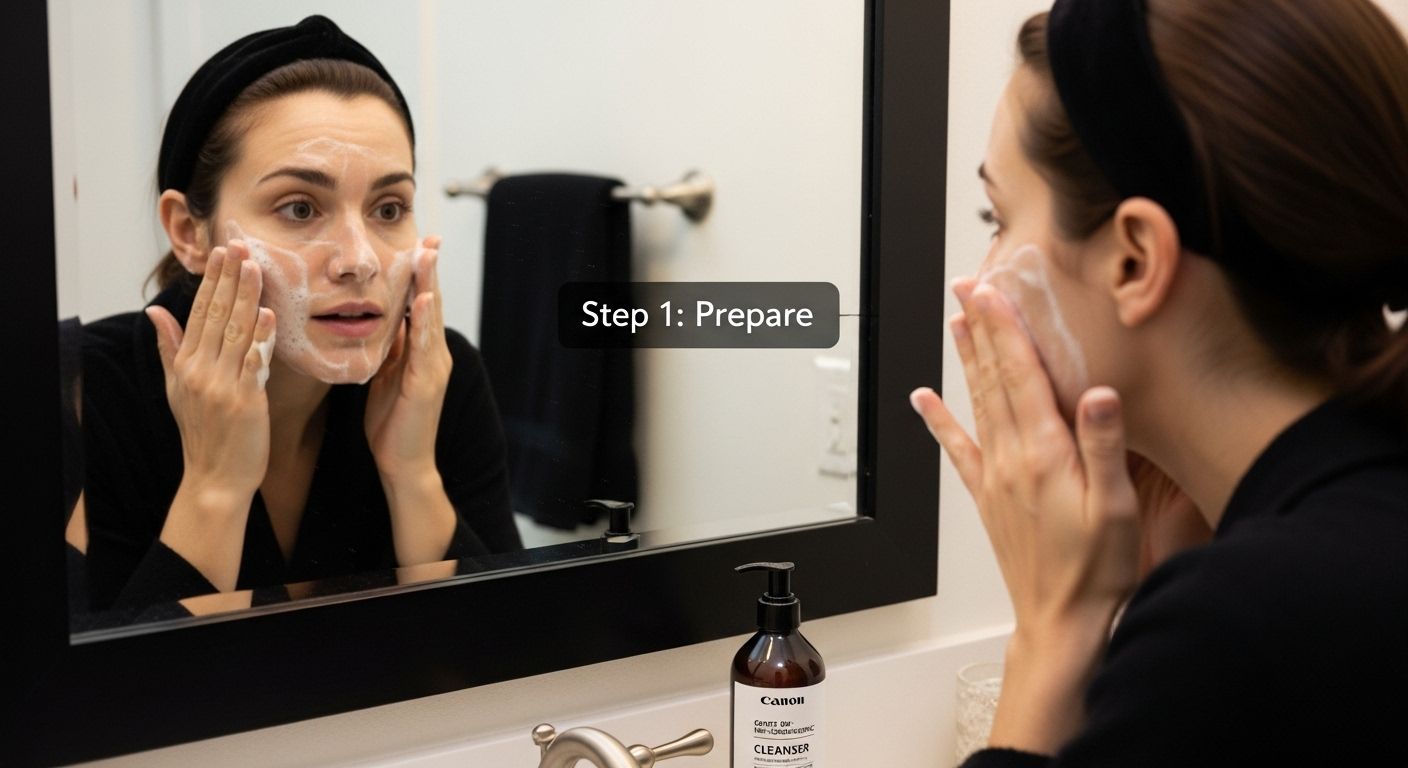
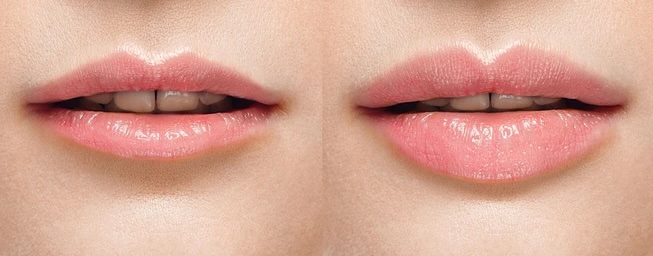

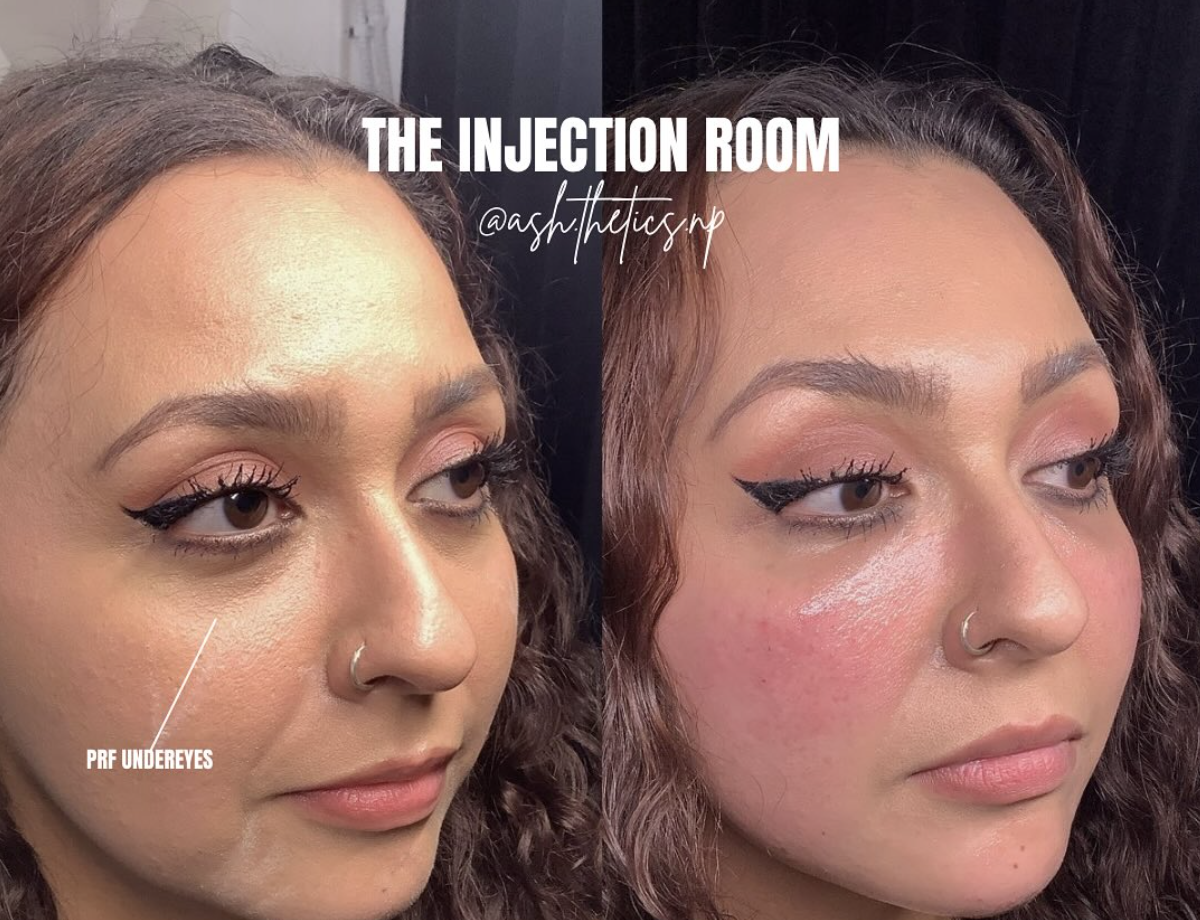
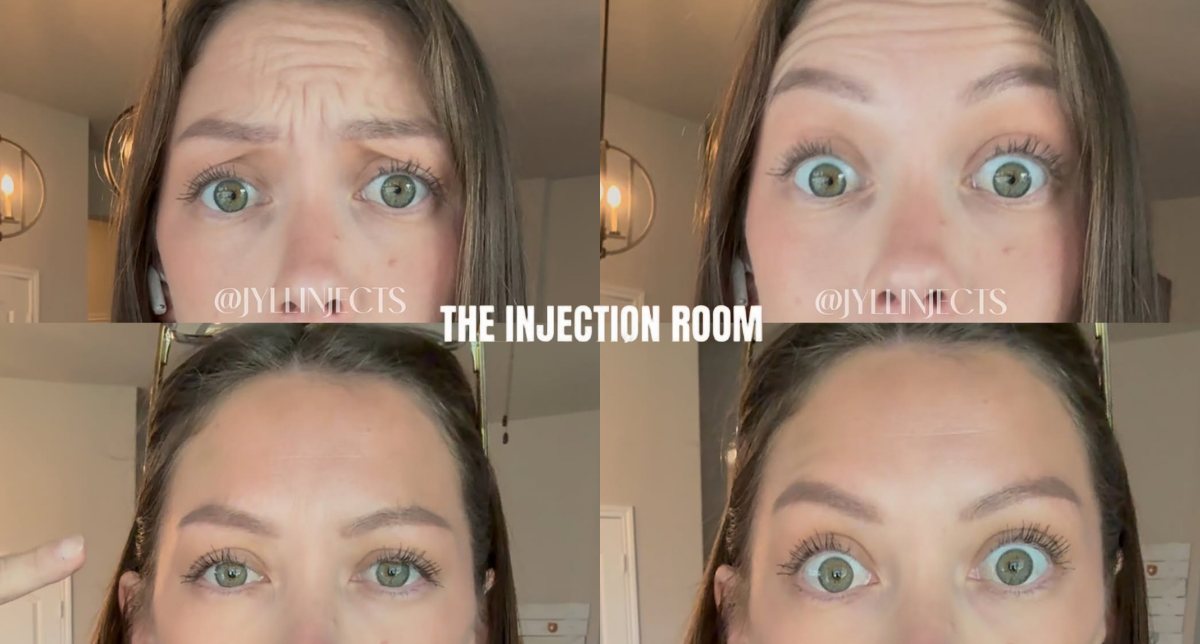


.jpeg)
.jpeg)
.webp)

.jpeg)











